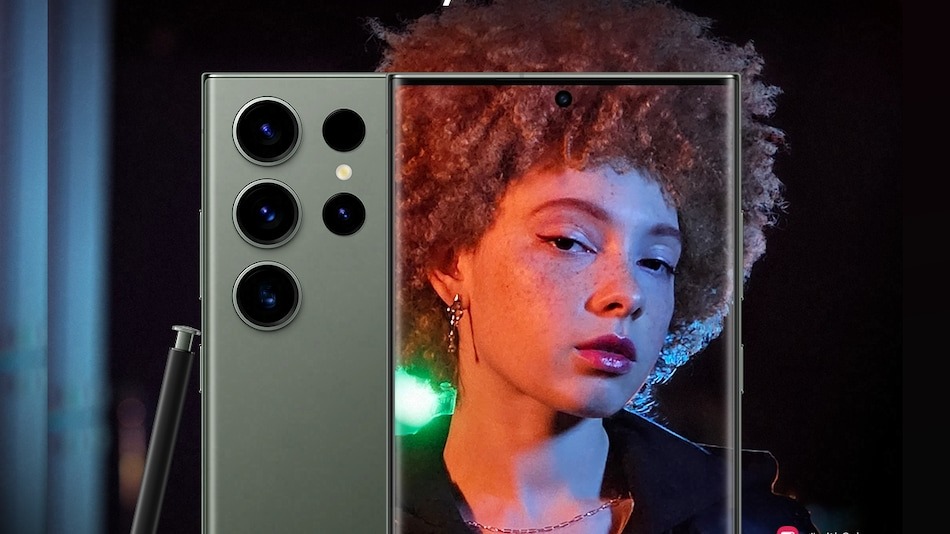Hold onto your pixels, smartphone enthusiasts, because the Samsung Galaxy S24 Ultra is gearing up to be a photographic beast. Rumors are swirling about a 200MP main sensor, a revamped telephoto system, and enough megapixels to make your head spin. But before you start planning your photo portfolio expansion, let’s unpack these specs and see if the S24 Ultra is truly a revolution in mobile photography.
200MP: More is More, or More is Mess?
The headline grabber is undoubtedly the 200MP main sensor. That’s more pixels than we’ve ever seen in a phone, promising hyper-detailed photos. But is it all sunshine and rainbows? Pixel count isn’t everything. Sensor size, processing power, and software optimization all play crucial roles in image quality. And with leaks suggesting the S24 Ultra likely captures photos at a lower resolution by default, the true benefits of 200MP remain shrouded in mystery.
Remember:
- The Galaxy S24 Ultra boasts a rumored 200MP main sensor, along with revamped 5x and 10x telephoto cameras.
- While impressive on paper, the 200MP sensor’s true benefits remain unclear, as photos might be captured at a lower resolution by default.
- The revamped telephoto system and rumored AI photo remastering features hold exciting potential.
- Don’t get seduced by megapixels alone – wait for official details and independent tests to see if the S24 Ultra lives up to the hype.
So, smartphone photography enthusiasts, keep your eyes peeled for the official S24 Ultra unveiling. This megapixel-packed monster might just redefine mobile photography, but until then, approach the hype with a healthy dose of skepticism. Remember, sometimes, the true picture lies beyond the pixel count.
Megapixel Madness: The Science of Evaluating Sensors
Key characteristics beyond resolution shaping real-world camera performance include:
Pixel Size
Larger pixels gather more light detail, especially crucial in low brightness.
Aperture Wideness
Wider openings expose sensors longer, also enhancing dim environment clarity.
Color Filter Thickness
Thinner filters increase light intake but may reduce color accuracy.
Lens Quality
Premium optics with coatings reducing distortion and flare improve resulting images.
Image Signal Processor
Dedicated chip converting raw sensor data into viewable photos through computational algorithms.
The Computational Photography Revolution
Alongside hardware, Samsung software innovations include:
Noise Reduction Models
Eliminating graininess in low light, underwater or nighttime shooting scenarios.
Super Resolution Upscaling
Increasing pixel counts through machine learning interpolation without proportional detail loss.
Bokeh Simulation
Mimicking expensive lens blurring of foregrounds/backgrounds computationally.
Content Relighting
Realistically modifying illumination angles and intensities on portraits post image capture.
Defect Detection
Identifying damage, dirt or undesirable objects in a scene then digitally removing them.
The Road Ahead: Pictures Worth Far More than a Thousand Words
Cameras symbolizing memory’s conquest over mortality paradoxically drive living fully through each ephemeral moment. And yet, this complex relationship itself captures humanity – neither solely here nor there, but journeying in between. Perhaps innovators might next elevate photography facilitating not just opportunities glimpsing, but truly seeing the world anew once more.










Add Comment